Increasing Incidence of Genu Recurvatum
The prevalence of genu recurvatum is on the rise, contributing to the expansion of the Genu Recurvatum Market. Factors such as increased participation in sports and physical activities, particularly among youth, have led to a higher incidence of knee injuries, including genu recurvatum. Additionally, conditions such as cerebral palsy and other neuromuscular disorders are also contributing to the growing number of cases. Recent statistics indicate that approximately 1 in 1,000 children are affected by genu recurvatum, which underscores the need for effective treatment solutions. As awareness of this condition increases, healthcare providers are more likely to seek out innovative treatment options, thereby propelling the Genu Recurvatum Market.
Technological Advancements in Treatment
The Genu Recurvatum Market is experiencing a notable shift due to advancements in medical technology. Innovations such as 3D printing and robotic-assisted surgeries are enhancing treatment options for patients with genu recurvatum. These technologies allow for more precise surgical interventions, which can lead to improved patient outcomes. Furthermore, the integration of telemedicine is facilitating remote consultations, making it easier for patients to access specialized care. According to recent data, the market for orthopedic devices, which includes treatments for genu recurvatum, is projected to grow at a compound annual growth rate of 6.5% over the next five years. This growth is indicative of the increasing reliance on technology in the medical field, which is likely to drive the Genu Recurvatum Market forward.
Rising Demand for Non-Invasive Treatments
There is a discernible shift towards non-invasive treatment options within the Genu Recurvatum Market. Patients are increasingly favoring treatments that minimize recovery time and reduce the risk of complications associated with surgical procedures. Non-invasive therapies, such as physical therapy, bracing, and orthotic devices, are gaining traction as effective alternatives. Market data suggests that the segment for non-invasive treatments is expected to grow significantly, driven by patient preferences and advancements in therapeutic techniques. This trend reflects a broader movement within the healthcare sector towards more conservative management of musculoskeletal conditions, which is likely to influence the Genu Recurvatum Market positively.
Enhanced Awareness and Education Initiatives
Awareness and education initiatives are playing a pivotal role in shaping the Genu Recurvatum Market. Healthcare organizations and advocacy groups are actively working to educate both patients and healthcare providers about the condition and its treatment options. These initiatives aim to improve early diagnosis and intervention, which can lead to better patient outcomes. Increased awareness is also driving demand for specialized services and products tailored to manage genu recurvatum. As educational campaigns continue to expand, the Genu Recurvatum Market is expected to see a corresponding increase in market participation and investment, ultimately benefiting patients seeking effective treatment.
Growing Investment in Research and Development
Investment in research and development is a critical driver for the Genu Recurvatum Market. Pharmaceutical companies and medical device manufacturers are increasingly allocating resources to develop innovative solutions for treating genu recurvatum. This focus on R&D is essential for discovering new therapies and improving existing treatment modalities. Recent reports indicate that the orthopedic device market, which encompasses treatments for genu recurvatum, is expected to reach USD 50 billion by 2026, highlighting the financial commitment to advancing treatment options. As new products emerge from these investments, the Genu Recurvatum Market is likely to benefit from enhanced treatment efficacy and patient satisfaction.


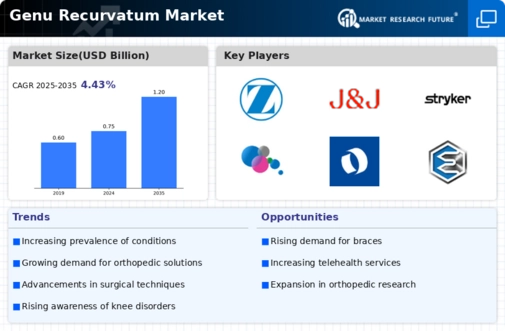
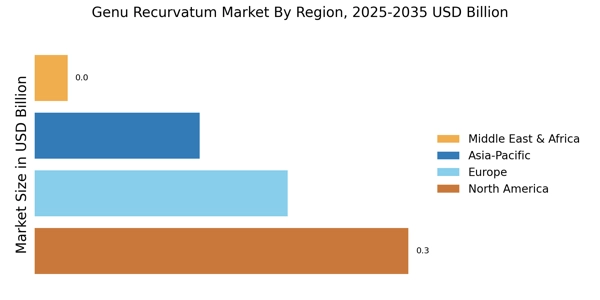

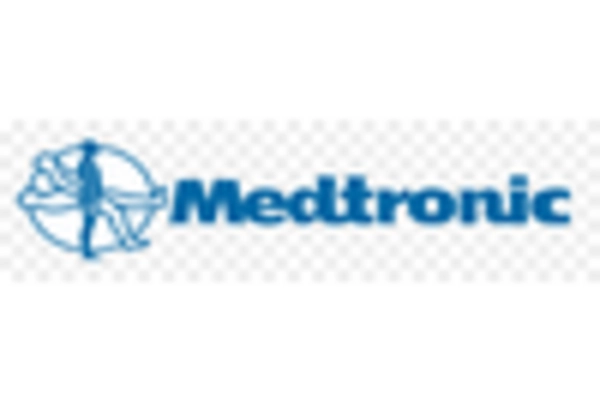
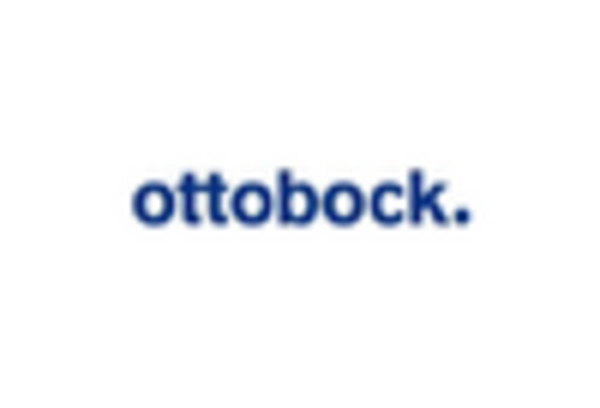

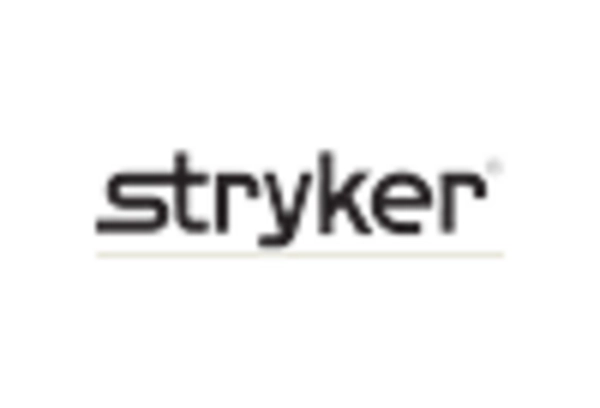









Leave a Comment